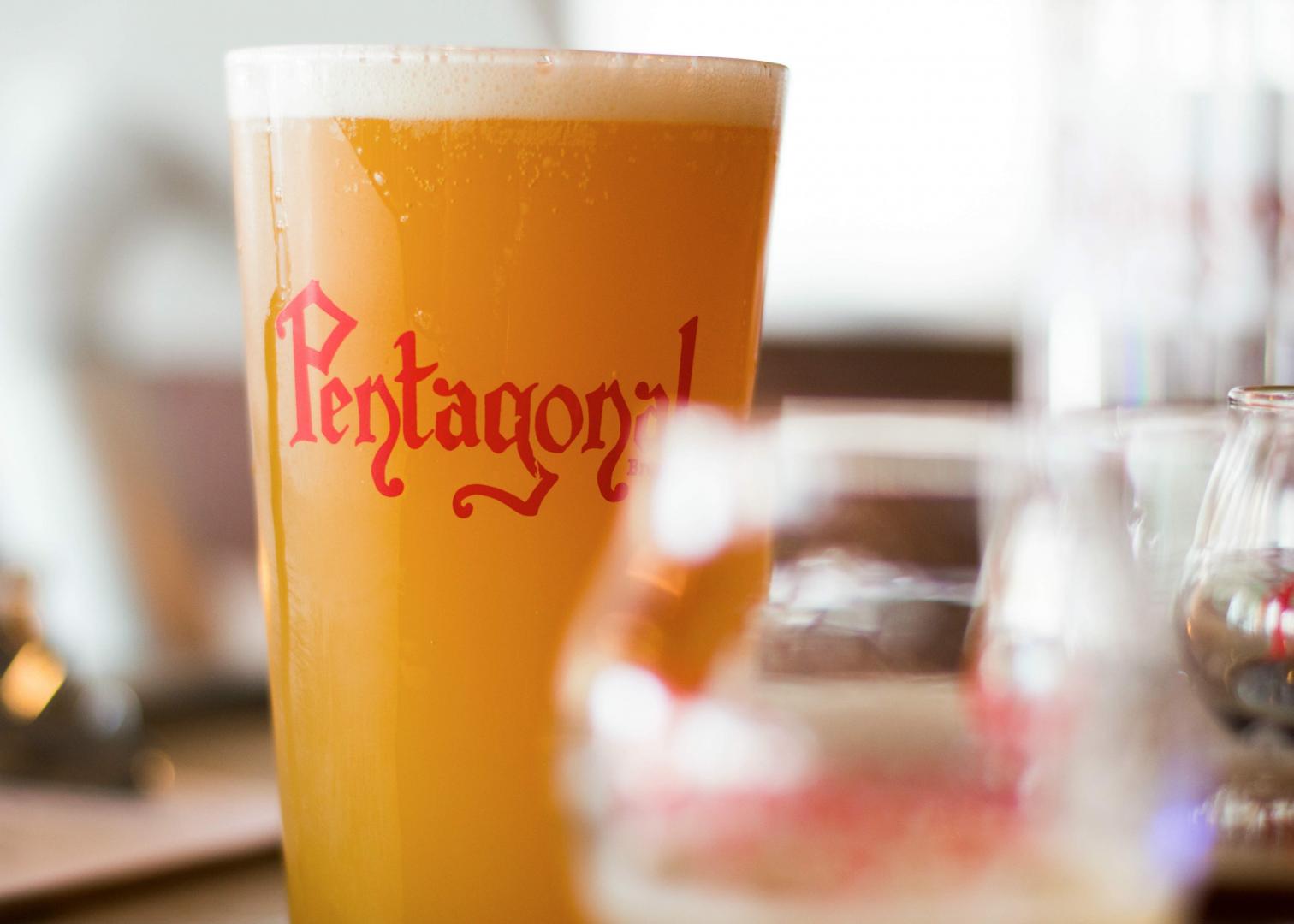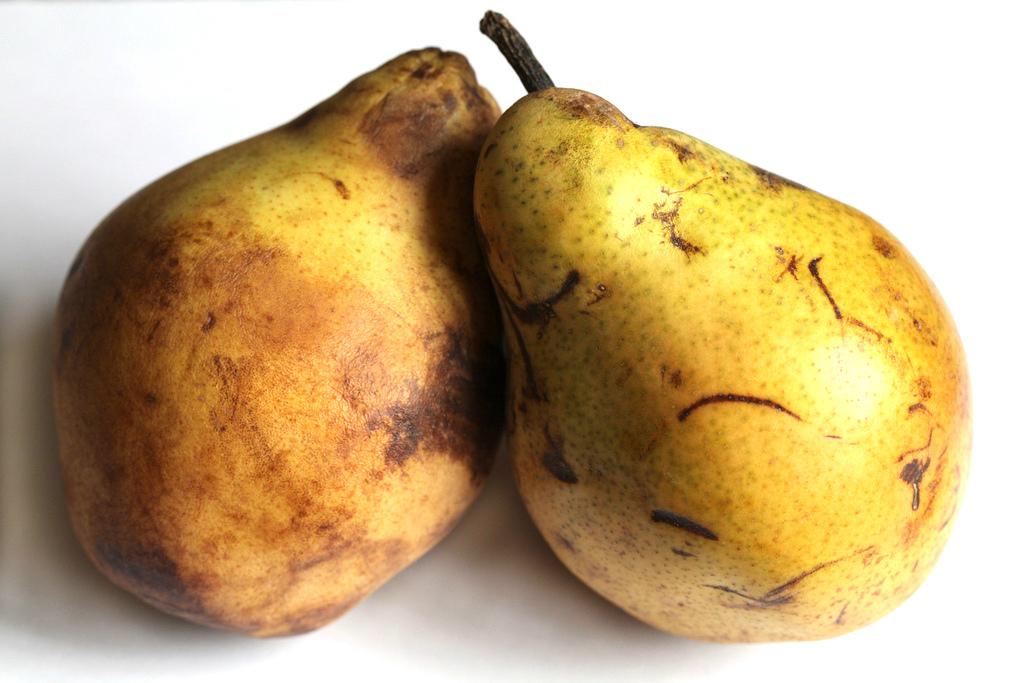7 Eco-Friendly Food Swaps You Can Feel Good About

Flickr
You might know the fundamentals when it comes to living a more eco-friendly life, but the real question is do you actually walk the walk? We get caught up in our daily routines and the thought of making more eco-conscious decisions can take the back burner. When you realize how much your small choices — which can be as simple as deciding what cheese to buy — can impact the environment, you might be more inclined to switch things up. Here are seven eco-friendly food swaps that you can feel good about.
1. Second Guess Your Protein Choices
Red meat might be the appealing pick, but if you want to make an eco-friendly protein choice, you should opt for things like wild game and free-range turkey or chicken. According to the Environment Working Group (EWG), beef production requires almost three gallons of water per one calorie of food produced. Wild-sourced animal proteins leave way less of a carbon footprint than cows.
2. Drink Local Beer

Unsplash
Local beers are often brewed with local ingredients, which means the production leaves a smaller carbon footprint. Also, locally sourced beers don’t need to travel far, so there are fewer transportation resources required than with the bigger names.
There’s a time and a place for big beer brands. Usually it’s a matter of affordability and what kind of activities you’re doing. If you’re playing drinking games and you need to supply an entire party with beer, chances are you’re gonna go for one of the commercial brands since they tend to be cheaper. That’s cool every once in a while, but if you’re a regular beer drinker, it’s better for the environment if you drink locally crafted beer.
3. Stray From Rice
Rice is a staple for a lot of people, but the amount of water needed to cultivate it can be extreme. Although there are systems working to allow more rice to be produced with less water, like the System of Rice Intensification, until more countries adapt to these eco-friendly rice-growing practices, there’s a significant amount of water being used to farm the grain.
The Whole Grains Council recommends grains that can require less agricultural production like millet, teff, amaranth and lentils.
4. Choose Ricotta Over Parmesan

Flickr
Aged cheeses are works of art and a cheese plate or pasta dish wouldn’t be complete without them, but if you’re looking to decrease your carbon footprint, soft cheeses are the way to go. Here’s a chart that shows how different foods impact the environment. Cheese is third from the bottom, right before beef and lamb, as the worst for greenhouse gas emissions.
Stick with cheeses like mozzarella, cottage cheese, burrata, ricotta and brie over parmesan and cheddar. Less-processed cheeses put less of a strain on the environment.
5. Buy In Bulk
Depending on your diet and living situation, you might buy 10 yogurts at a time or just one, but to reduce your carbon footprint, buying in bulk is a great idea. It means you’re using less energy and transportation to get a larger amount of food, instead of exerting energy over and over to pick up the same amount of food. Buying in bulk also means less packaging waste. Research shows that if Americans purchased bulk items once a week, we would save 26 million pounds of waste going into a landfill in just one month.
6. Buy Fair Trade
We tend not to think about who is actually producing our food. There are millions of hardworking farmers in developing countries who produce the food we scoop up on grocery store shelves. Farmers aren’t always paid enough so when we buy products that are labeled fairtrade, we know farmers are getting a better deal. When farmers sell their crops through fairtrade, they get more money to put back into better farming methods and cleaner water, which will help the environment in the big picture.
7. Buy Ugly In-Season Produce

Flickr
The process of getting out-of-season fruit to the grocery store requires a lot of transportation since it’s being shipped from all over the country, if not the world. If you want to make more sustainable decisions, go for in-season produce that requires way less energy to deliver. It’s also a good idea to give some love to the ugly fruits.
As Americans, we tend to have a fixation with perfection and choosing fruits that look blemish-free. What we don’t think about is all of the slightly less appealing fruit that gets wasted as a result. Food waste means a larger carbon footprint, so the next time you see an apple or pear with some bruises on it, just remember it all tastes the same.











